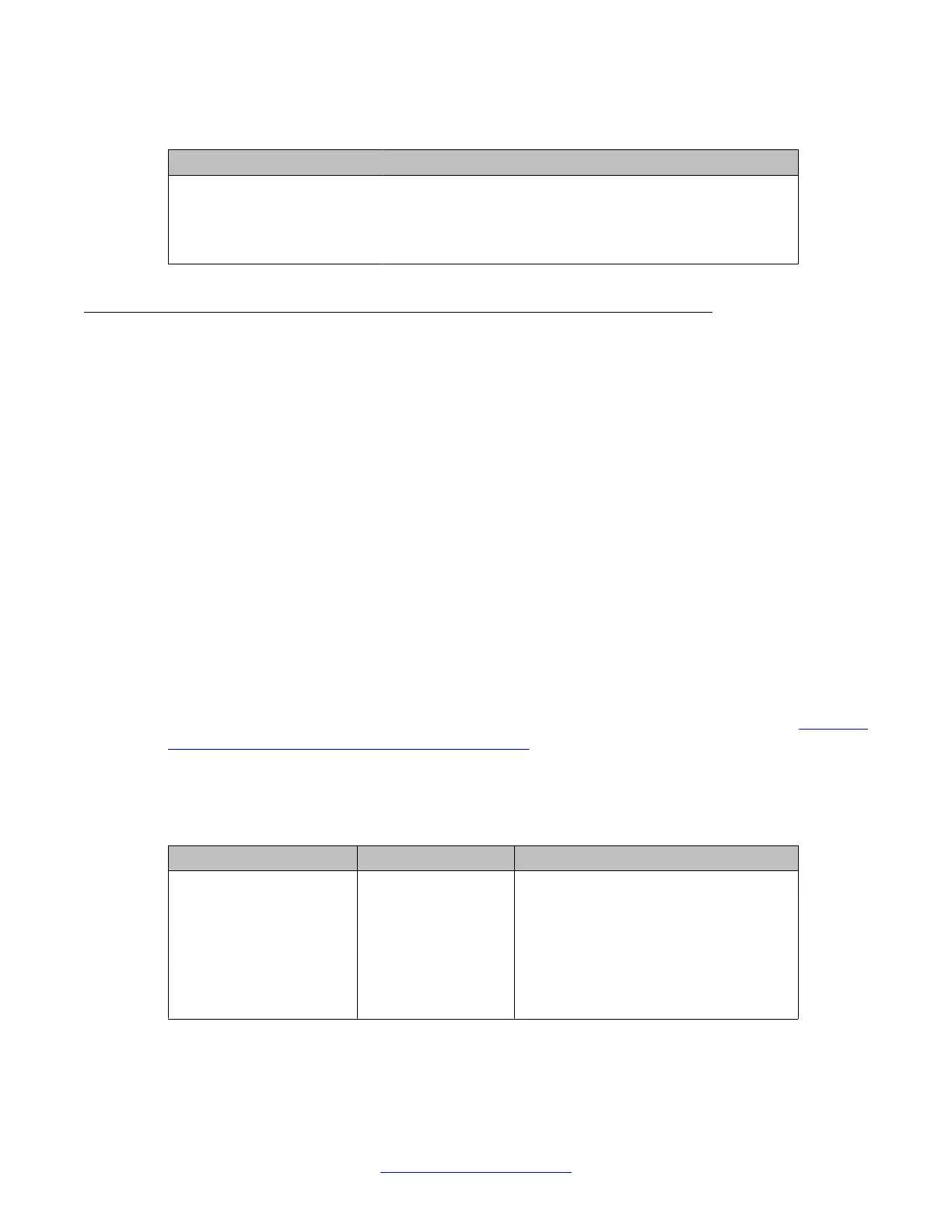Table 57: Status messages
Message Meaning
DTA Digital Trunks
DTI Digital Trunk Interface
PRI Primary Rate Interface
Message descriptions
Service messages provide near-end and far-end switch status. Both service and service
acknowledge messages are supported on PRI B-channels and ISL
channels.
Service and service acknowledge messages for B-channels and ISL channels are supported:
• System to system: ISL and PRI
• System to DMS-100: PRI only
• System to DMS-250: PRI only
• System to AT&T ESS4 and ESS5: PRI only
Service and service acknowledge messages for B-channels and ISL channels report the
following status types:
• in-service
• maintenance
• out-of-service
Near-end and far-end sub-categories are defined for each maintenance status. See
Table 58:
Maintenance message and status combinations on page 124
for possible combinations of
near-end and far-end status and the channel capability for each status. When near-end and
far-end status do not match, the more severe maintenance status takes effect.
Table 58: Maintenance message and status combinations
Near-end status Far-end status B or ISL channel capability
In-service In-service Incoming and outgoing call allowed
In-service Maintenance Incoming calls allowed only
In-service Out-of-service Not allowed to use
Maintenance N/A Not allowed to use
Out-of-service N/A Not allowed to use
1.5 Mb ISL maintenance
124 ISDN Primary Rate Interface Maintenance November 2011
Comments? infodev@avaya.com

